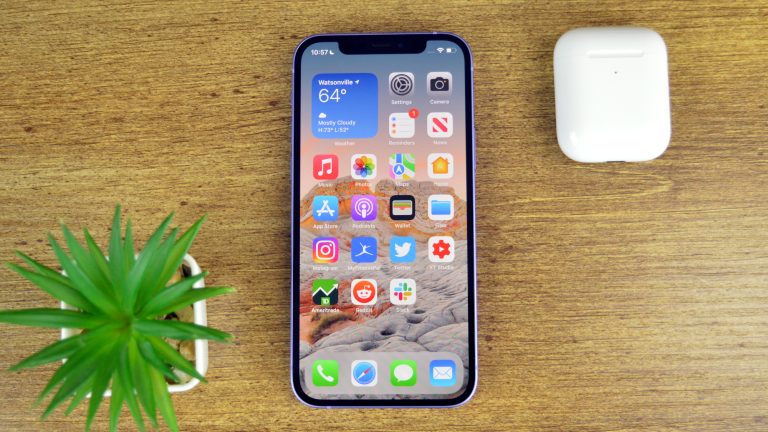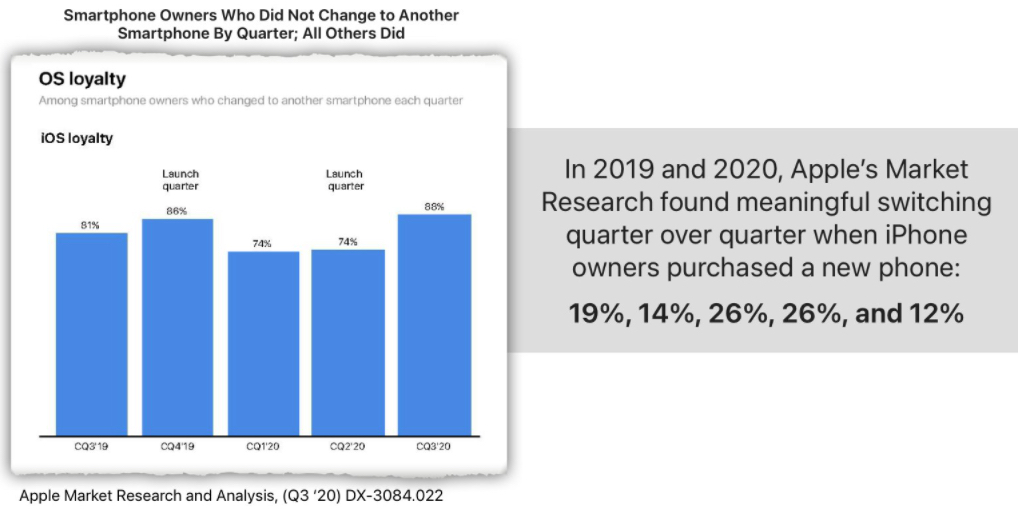Not too long ago, the debate between iPhone and Android proponents was intense and fiery. Naturally, it was eerily reminiscent of the Mac vs PC debate that dominated the tech landscape years prior. But these days, the iPhone vs Android debate isn’t quite as heated as it once was. And even as a big iPhone fan myself, I can concede that the chasm between the iPhone and top-tier Android devices is smaller today than it’s ever been.
That said, it’s not as if iPhone and Android users are exactly flocking towards other platforms. Smartphone lock-in remains a very real dynamic. And more often than not, people who start with the iPhone as their first smartphone tend to stick with the iPhone. The same holds true for Android. And in light of that, it’s always fascinating to hear why some smartphone users decide to jump ship and embrace a completely new smartphone platform.
iPhone vs Android – why one Android user switched

Writing for Tom’s Guide, Roland Moore-Coyler articulates five reasons why he opted to side with Apple in the iPhone vs Android debate. What makes Moore-Coyler’s perspective so fascinating, however, is that he was previously a longtime Android user. In turn, the reasons behind him moving over to the iPhone camp are particularly interesting.
After seven years as an Android user, Moore-Coyler moved to the iPhone. And while some of his reasons may surprise you, others will certainly be familiar. This is especially true for folks who have followed the iPhone vs Android battle closely over the years.
Better battery life
Right off the bat, Moore-Coyler highlights battery life as a key motivation to switch. Hardly a surprise, iPhone battery life has remained impressive for years now. This is largely due to Apple’s line of powerful but efficient A-x processors.
Obviously that battery life changes on my usage, with 5G downloads still greedily sucking up power. But whereas Android phones would run out of puff quickly or occasionally moan about getting too hot, the 13 Pro just ticked along nicely. Clearly Apple’s approach to efficiency has paid dividends here.
Better build quality
Say what you will about OS design or camera performance, but there’s no denying that build quality on the iPhone has long been best in class. If anything, build quality has long been a point in favor of the iPhone for as long as the iPhone vs Android debate has raged on. Even on top-tier Android devices, the build quality of the iPhone reigns supreme.
And the neat way the flatscreen of the display fits perfectly with the contours of the chassis, is just lovely to behold. Normally I’m for curved display edges, but the flat edges here seem to work very well with the aesthetic of iOS 15; it really feels like the software and phone were properly designed in tandem, which Android phones don’t always manage to communicate.
Other factors behind the Android switch
Moore-Coyler’s full explanation behind his switch to Android is well-reasoned and quite interesting. You can check out his full write-up over here. Incidentally, other iPhone features he praised included the iPhone display and the iPhone camera. He also came away impressed with the entirety of the Apple ecosystem.
Moore-Coyler’s perspective is especially illuminating precisely because it isn’t laced with hyperbole. For instance, Moore-Coyler loves the iPhone camera but can admit there are Android smartphones out there that take better photos. That notwithstanding, Moore-Coyler finds the iPhone camera to simply be more consistent than its counterparts.
iPhone loyalty is high, but not perfect
On a related note, one of the more interesting things to emerge from Apple’s lawsuit with Epic included a chart detailing iPhone loyalty. Notably, Apple produced the chart as part of an effort to show that consumers do have choices. Further, the chart illustrates that iPhone loyalty tends to ebb and flow as the dynamic of the smartphone market shifts.
As seen in the chart below, iPhone loyalty tends to hover between 74% and 81%.

As a final point, there’s a chance the rate of Android to iPhone switchers may increase ever so slightly over the next few months due to the introduction of the iPhone SE 3. Given that the iPhone is pricier than most Android devices, a powerful yet affordable device like the iPhone SE 3 may be just the push some Android users need to make the switch.
Article updated to clarify that Moore-Coyler is a journalist, not a blogger. BGR regrets the mischaracterization.








